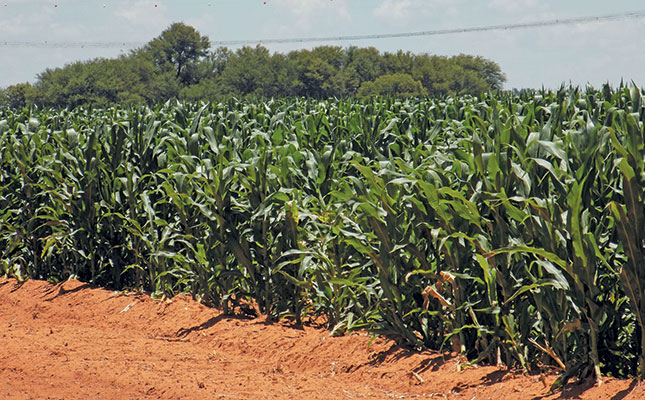
The GFSI is an annual benchmarking index that aims to provide an understanding of the root causes of global food insecurity, by examining the dynamics of food systems around the world.
According to a Du Pont statement, this framework creates a unique food security measurement tool in terms of food affordability, availability, quality and safety in 113 countries around the world.
Agri SA president, Dan Kriek, said, this report by Dupont was a clear vote of confidence in the South African agricultural sector.
“The message that I gain from the report is that we clearly have the best farmers in the world,” he said.
South Africa was one of the few countries that achieved positive traction in the past year, according to the GFSI.
Despite the drought, South Africa’s agricultural sector had risen to the challenge by bolstering food resources and safety net programmes. Overall South Africa was placed 1st in Africa and 44th globally.
However, according to Free State Agriculture’s manager for operations, Dr Jack Armour, national food security does not automatically mean that every citizen had access to sufficient food on a daily basis.
Without jobs people found it increasingly difficult to buy food, even it was available in abundance.
That is why initiatives to support sustainable and profitable subsistence and small-scale farming was so important, he said.
Sub-Saharan countries, which are the most food insecure globally, had been hit by the impact of extreme weather that increased populations’ dependency on already overburdened multilateral and NGO-run food safety net programmes.
The report stated that across East Africa, a region which typically received rainfall twice a year, climate change-related effects left countries reeling from the worst drought in a century.
Kenya, Somalia, Ethiopia, Tanzania and Uganda, which boast rich agricultural lands, were worst affected.
This caused food prices to reach record levels, with the price of staple cereals in some areas doubling, and exacerbating the acute food insecurity.










